Buy Eosin Y 1% in Ethanol (17372-87-1) MF: C20H6Br4Na2O5 | MW: 691.85. Get High Quality Eosin Y 1% in Ethanol (17372-87-1) from Tristains.
Eosin Y is a dye based on fluorescein that is produced from fluorescein disodium salt and tetrabromofluorescein. It typically presents as a reddish-orange powder with a chemical formula of C20H8Br4O5. Eosin Y 1% in ethanol denotes a solution of Eosin Y dye dissolved in ethanol, usually at a 1% concentration. This solution contains Eosin Y dye dissolved in ethanol solvent, typically at a 1% w/v concentration. The solution usually appears as a reddish-orange liquid. While Eosin Y is slightly soluble in water, it is more soluble in organic solvents such as ethanol, which is why it is commonly prepared in an ethanol solution. Eosin Y 1% in ethanol is a versatile solution utilized in histology, microscopy, cell staining, and pH indicator applications. It is a traditional stain employed in Hematoxylin and Eosin (H&E) staining for histology and cytology procedures.
TriStains series products are carefully tested to ensure accurate, reliable, and reproducible results. Our products are available in different packaging sizes to allow you to get all types of stains & Indicators for your specific purposes from a single source.
In-addition Tristains also deals in numerous Laboratory Supplies, Chemicals, Equipment, Instruments, Reagents, Standard Solutions, Buffers, Histological Stains/Biological Stains & Indicators and many more, for more information please visit our website www.tristains.com or email to sales@tristains.com we will be happy to help you. All Tristains Products are exclusively distributed by Dawn Scientific Inc (https://dawnscientific.com)
Application :
- Eosin Y 1% in ethanol is used as a counterstain in histology and microscopy to enhance contrast and visualize cellular structures.
- It can be used to stain cells for visualization under a microscope or in viability assays to assess cell health and membrane integrity.
- It can also be used in fluorescence microscopy, where its fluorescence properties can be utilized to label specific cellular components or structures.
Benefits :
- Ensuring consistent staining and results
- Convenient and ready to use
- Versatile and compatible
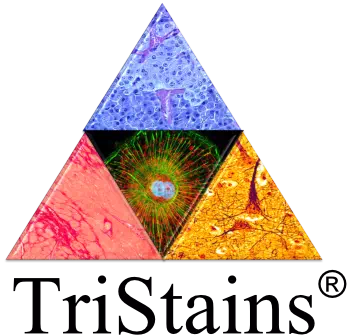
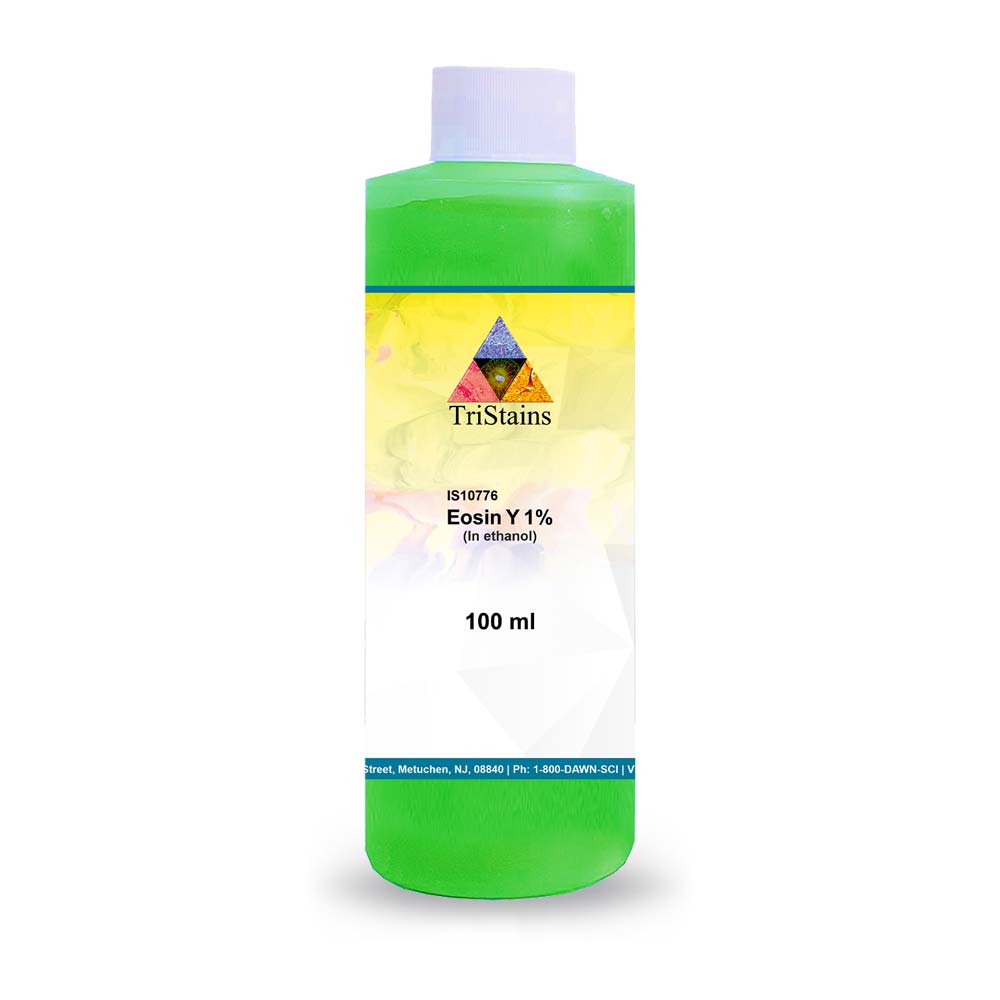

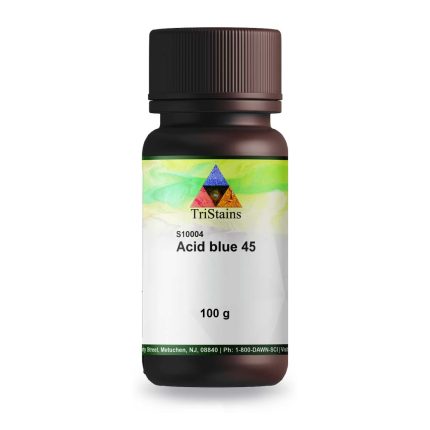

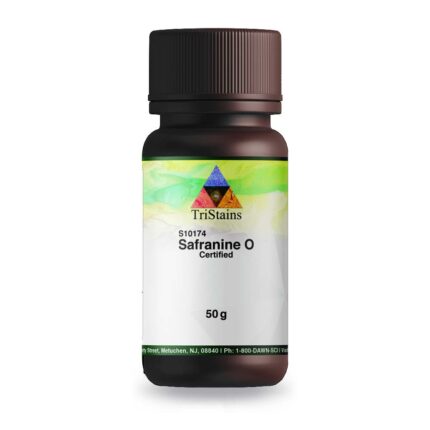


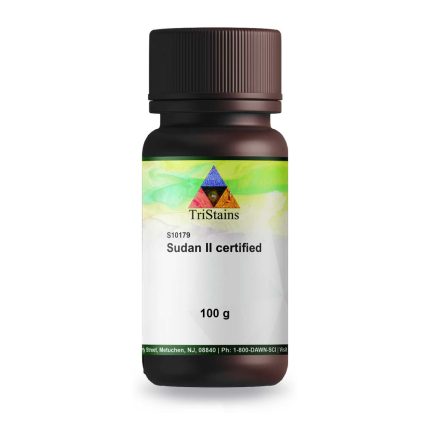
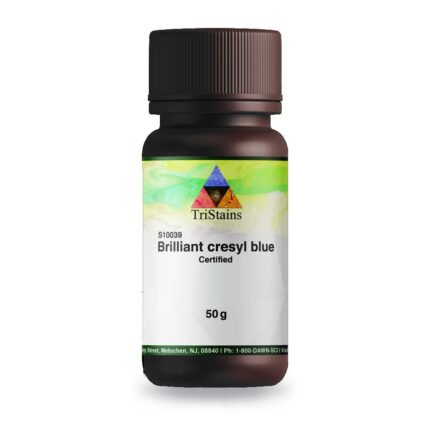



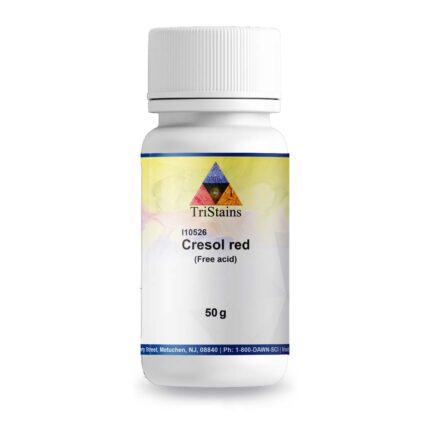
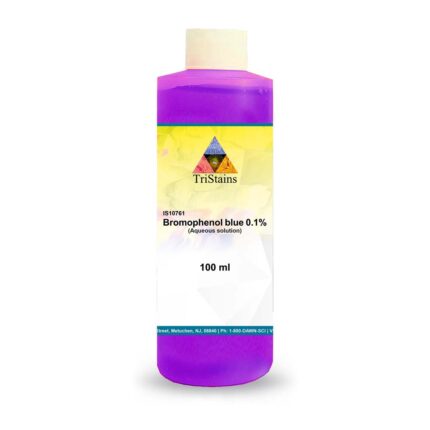
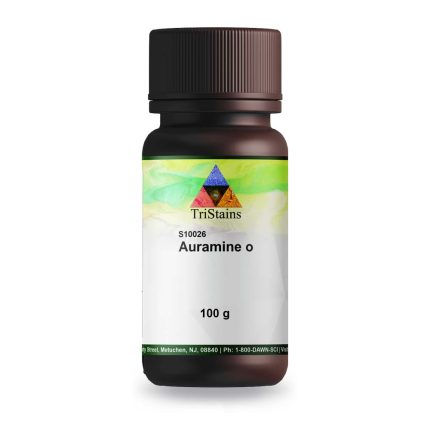
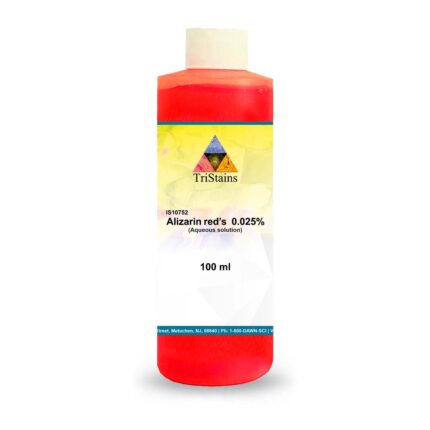

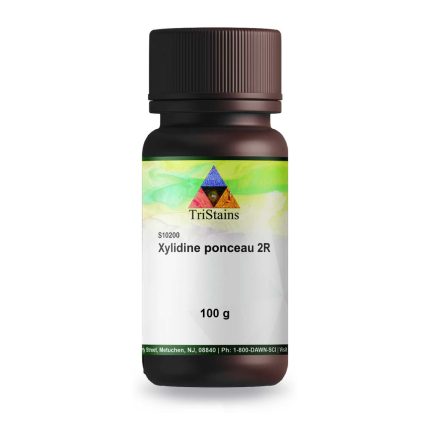
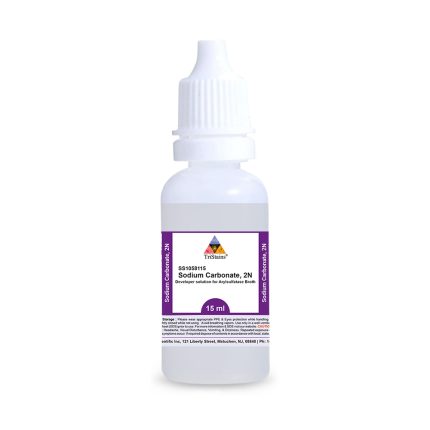
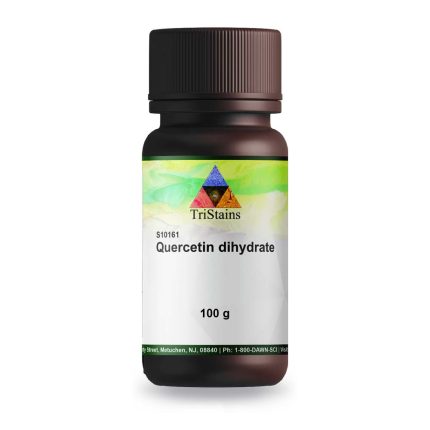
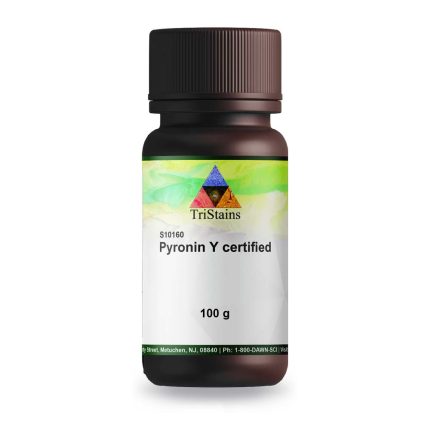

Reviews
There are no reviews yet.